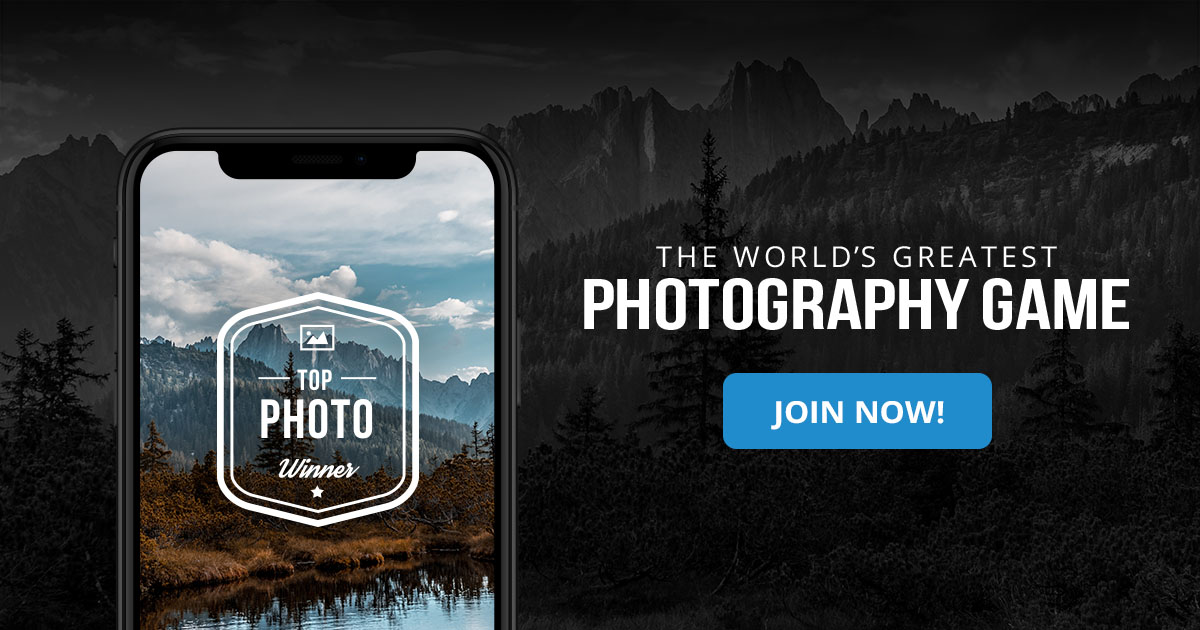Maybe having ISO range of 64 to 200. Other than that, no complaints from me.

Tunnel View of Yosemite Valley
--
Tim
No offense. However, Ansel Adams would classify this as soot and chalk.
No offense.....but you know that how?
Strong global contrast does not make a good landscape. Too much loss of shadow detail. This is where dynamic range is important.
Sometimes contrast and loss of shadow is what the artist is striving for. Loss of shadow detail can be intentional.... doesn't make it wrong. I would bet you Tim C can pull out a bunch of the shadow detail if he wanted to.... but if I were him I'd leave it as is (though I'd love to take a stab at a B&W conversion of that image).
APS-C has less dynamic range than FF which has less dynamic range than medium format like the GFX-50.
But APS-C in 2017 has
more dynamic range than FF back in 2009 or 2010. So are you saying that any landscape taken 10 years ago is worthless because it doesn't have the DR of a current FF? Are all landscapes taken with Canons (with less DR than the X-series in many cases) also doomed? I hear Canon guys who adopted Fuji often say that X-series has more DR than their FF Canons. But no matter what, the Fuji has better DR than many cameras and it is absolutely capable of shooting great landscapes. I am always surprised what I can pull out of a Fuji raw and it doesn't feel lacking vs my D810.
Look at this and go take a look at Ansel Adams shot of the same scene.
Here you go
So two completely different shots from a surprisingly similar vantage point. Tim C's shot is of course in color, tighter, with direct sunlight peaking through a canyon. Because of the direct sun, it naturally has more contrast. AA's is the ultimate zone system shot in a low contrast scene. He certainly customized his exposure and negative processing knowing what he wanted (e.g the amount of contrast etc)... he may have also dodged El Capitan to lighten it up.... just as Tim could mess with his image in PP with digital tools.
AA's shot, being shot probably on an 8x10 view camera is somewhere in the 500 to 1000 megapixel (equivalent) realm maybe more (see
http://www.largeformatphotography.info/forum/archive/index.php/t-8764.html )
... so of course the detail is going to be better. But I've had a hard time finding evidence that film exceeds the DR of digital. I think with most films you are lucky to get 10 stops of DR maybe 11 or 12, but not over that... and in many cases much less than that.... like 7 stops. (Ansel, if anyone, could get more though). Here's a discussion on that topic
https://www.photo.net/discuss/threads/film-has-more-dynamic-range-than-digital-true.272500/
Point is, Ansel probably (I'm saying "probably" because I'd love to see some real literature on this) had less dynamic range available to him than a modern X-T2 shooter and he did just fine.
--
P. Guyton
http://www.peterguyton.com
https://www.instagram.com/psgimages/
https://gurushots.com/peteguyton/photos
Dpreview contributor since 2005









